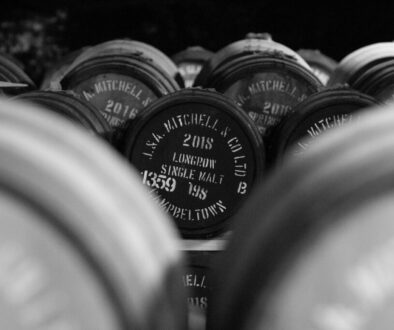We all know and love sherried whisky, but what exactly is a sherry cask? In this video we take a deep dive into the history of sherry casks and their use in the whisky industry.
A big thank you again to Speyside Cooperage for hosting me. Do check it out if you ever find yourself up in Speyside.
In whisky we are used to all sorts of types of casks, ex-bourbon casks have been used previously to mature bourbon, ex-wine casks have been used to mature wine, the same with rum casks. Sherry casks however have not been used to mature sherry.
What is Sherry?
Sherry is a fortified wine made in a specific region of Spain. Sherry is matured in a Solero system, which is a system of barrels that is used continuously to mature the sherry. They are never emptied completely and can be used for up to a hundred years or more. The sherry bodegas protect these casks as they are very valuable.
The sherry casks that were originally used in whisky were casks used to transport whisky back when sherry didn’t have to be bottled in Spain. These casks were cost effective and relatively easy to get hold of and so whisky distilleries started using them to mature whisky.
When the legislation changed many distilleries had decided they liked the influence the ex-sherry-transport casks had imparted on the whisky. So they set about finding a way to replicate the impact.
Replica Sherry Casks
Current sherry casks are produced by cooperages and wine producers in Spain. The casks are created to specifications and then seasoned with sherry for between 6 months and 2.5 years. Once that sherry has seasoned the cask it often goes into the production of sherry vinegar and sherry brandy, which may give you an idea of the quality of the sherry being used.
Now you know how sherry casks are made, you may want to watch our video on whether you should invest in a sherry cask.



